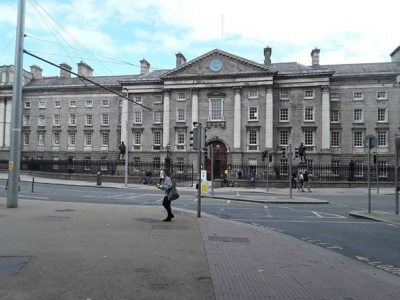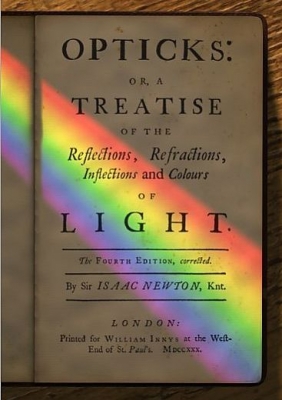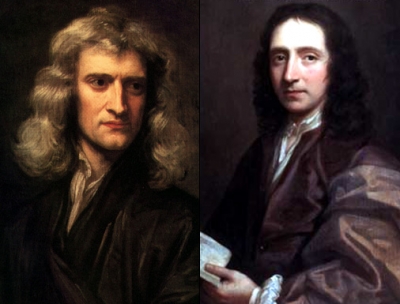
Newton was a mathematics professor at Trinity College, Cambridge. But he was not a successful teacher. Newton preferred to spend his time alone in the laboratory, which he built himself, or in the small garden outside his rooms.
Only a few students attended his classes and fewer still understood what he said. A secretary later commented that often, Newton ended up teaching his walls with no students in front of him!
Not even one student who studied mathematics under Newton in the thirty years of his teaching career dedicated himself to the study of mathematics.
Newton’s absent-mindedness was also well known. He would sometimes stay in bed an entire day pondering upon a particular problem. If he received visitors while he was immersed in a new idea, Newton would simply walk into another room to continue thinking; completely forgetting that somebody was awaiting him in the other room.
By the 1670s, Trinity College became a lonely place for him. He enjoyed the brotherhood of similar minds and hence, he eagerly accepted the offer to join the Royal Society.
Picture Credit : Google





